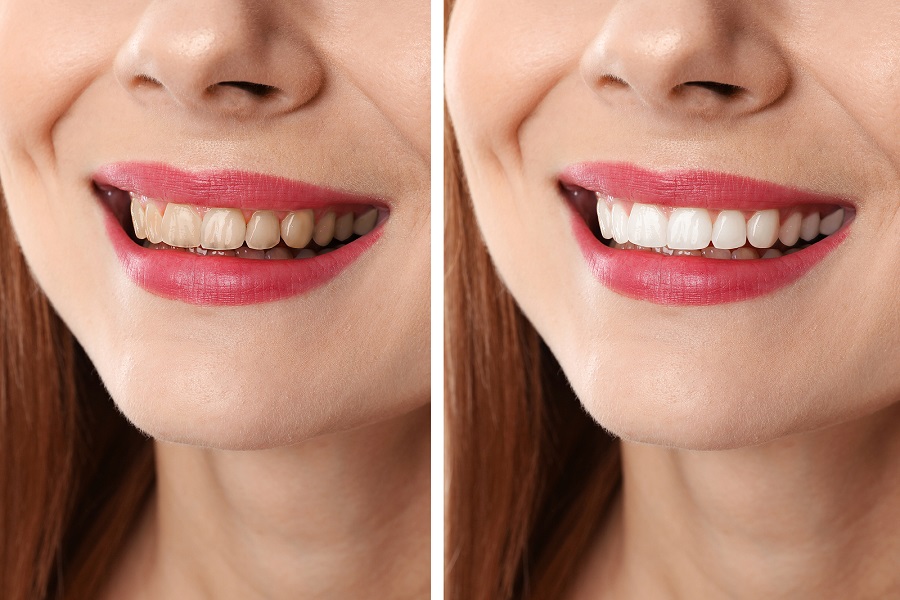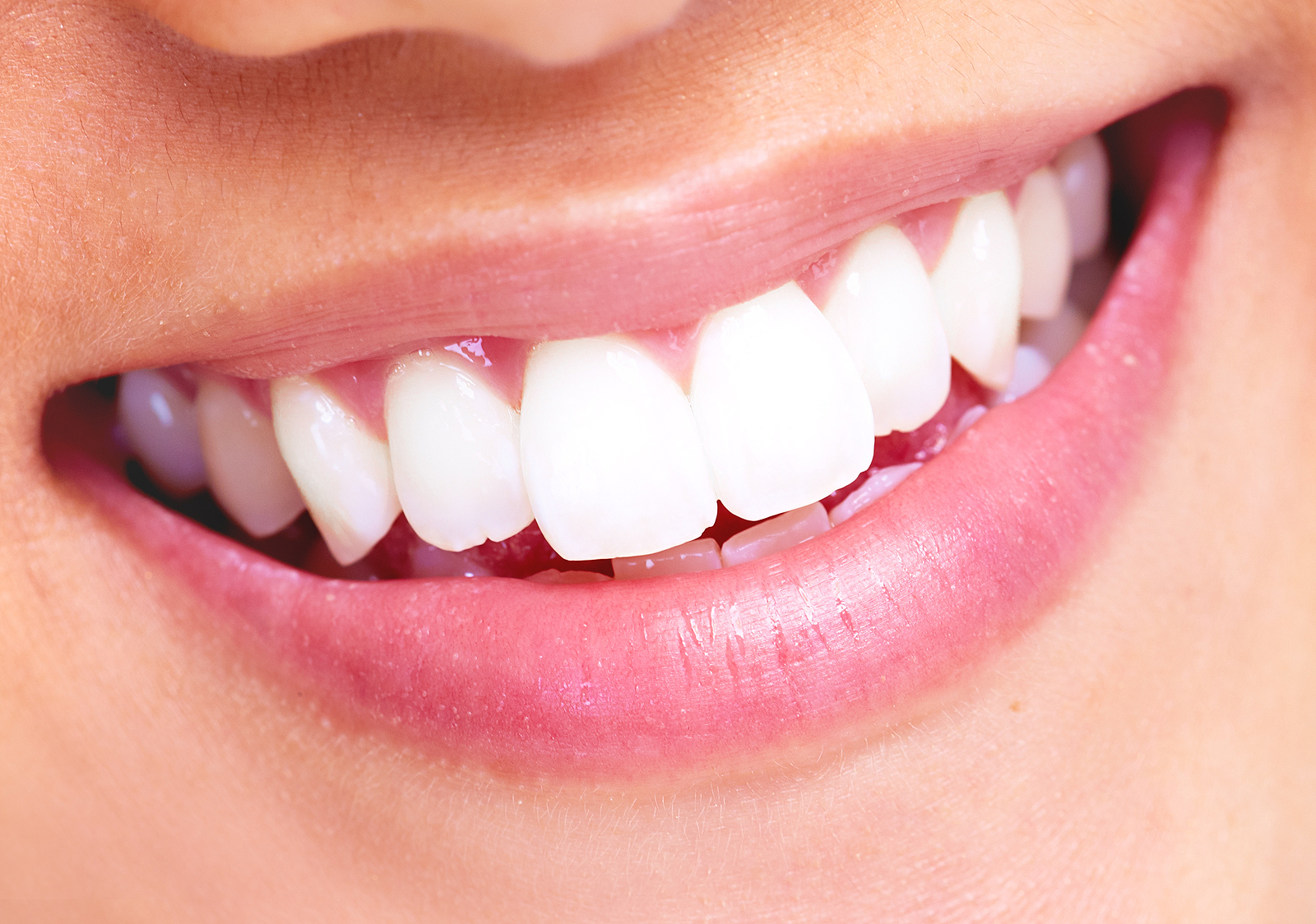ARE WHITENING STRIPS BAD?
Whitening can be done professionally in your dentist’s office, but many people do it themselves at home through the use of strips that they adhere to their teeth following the instructions on the box. Many of these whitening strips do work, and they can provide you with whiter, brighter teeth when they are used correctly. But are whitening strips bad? Some people think these strips must be bad for you because over-use of them can cause discomfort. There has also been concern that they can damage the enamel on your teeth. To better understand whether these claims are valid, it’s important to understand how whitening strips actually work.
HOW DO WHITENING STRIPS WORK?
Whitening strips work by removing surface stains and lightening the color of the teeth, making them appear whiter and brighter than before. They do this in one of two ways: through bleach, or through peroxide. Both of these products are commonly seen in whitening strips, and they both work in similar ways. The lightening effect is much like bleaching your hair, in that the peroxide or bleach that is used removes color, therefore lightening the hair (or the teeth). The strips themselves are made from polyethylene, which is a very lightweight plastic that is thin and somewhat stretchable. The plastic is then coated with the bleach or peroxide. Depending on the brand of whitening strip you buy, you may get more or less of the actual lightening agent. For maximum results you’ll want to choose a product with the highest level of bleach or peroxide, but people with sensitive teeth may want to look for options that aren’t quite as strong so they don’t experience pain when using the strips. When the strips are placed on the teeth, the peroxide or bleach is against the enamel, where it works to lighten and remove discoloration and stains. Some strips dissolve on their own, while others must be removed after a set period of time.
WHAT KINDS OF BENEFITS DO YOU GET FROM WHITENING STRIPS?
There are many benefits offered by whitening strips. The biggest and most obvious benefit is whiter teeth, which can translate into other benefits like feeling more confident, looking more attractive, smiling more, and even having a higher chance at getting a job or a date because someone likes your smile. Another big benefit of using whitening strips is that they are far less expensive than going to a dentist to have your teeth whitened. While you should see your dentist regularly, you can usually whiten your teeth at home. Only very stubborn stains or tooth problems require bleaching from a dentist. Ease of use is another reason to use white strips. They aren’t complicated, and you don’t have to leave them on a long time or use them for a long period of time in order to see success from them. You just buy a whitening kit from your dentist, a pharmacist, or your local retail store, and you follow the directions. Some kits are to be used for two weeks, while some kits are for shorter periods of time. You should see results quickly, and those results will last for several months.
ARE THERE ANY DANGERS?
While there aren’t many dangers to whitening strips, they should be used as directed. Also, it’s a good idea to avoid using strips that contain chlorine dioxide, as that can be harmful to the enamel on your teeth. If you use hydrogen peroxide strips, try not to swallow the gel, as hydrogen peroxide is poisonous and too much can make you sick.
SO, WHAT’S THE VERDICT?
In sort, whitening strips are not bad, and are perfectly safe for use. It is important that you use them as directed, though, so you don’t end up with mouth pain or other problems, including loss of tooth enamel. Overuse of the strips can cause some nerve pain in your teeth and temporary discomfort in your gums. That’s easy to avoid if you don’t leave them on your teeth longer than directed. If your teeth are very sensitive you may still feel some discomfort, but it’s not actually harmful. Seeing your dentist if you’re concerned is a good idea.






















0 comments